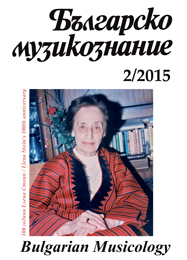
We kindly inform you that, as long as the subject affiliation of our 300.000+ articles is in progress, you might get unsufficient or no results on your third level or second level search. In this case, please broaden your search criteria.

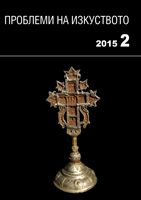
This study presents the known manuscripts by Priest Peter, who has lived until about the first decade of the seventeenth century. The first chapter of the article deals with the manuscript in which marginalia occur, being the main source to Priest Peter: Tetraevangelion, Church-Historical and Archival Institute, Sofia (CHAI) 28. Then comes another manuscript that is also attributed to the same scribe, but features no extant notes by the author: Tetraevangelion, CHAI 26. The last chapter of the work presents yet another manuscript containing notes by the same author: Tetraevangelion, Peć 18. The latter, though known, failed to stir research interest and has not been published for the time being as a manuscript by the same man of letters. The extant marginalia in the two author’s notes provide also biographical information about the scribe, while the information about the school, where he was trained and about his workplace, along with the changes in the representative types of decoration, of the signed manuscripts, provide evidence of the clout of the literary centre on the creative selection and the aesthetic choices of scribes/decorators.
More...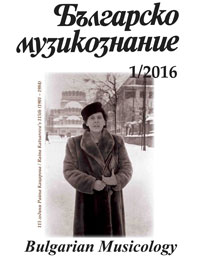
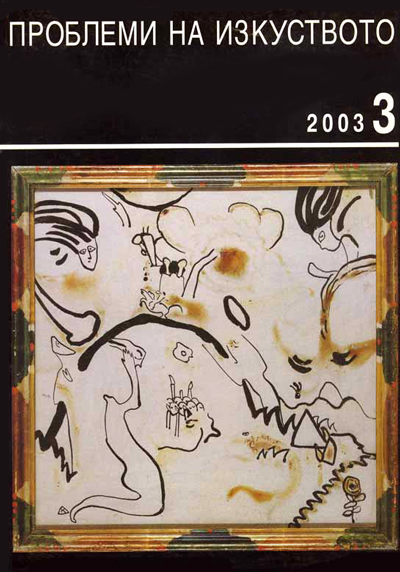
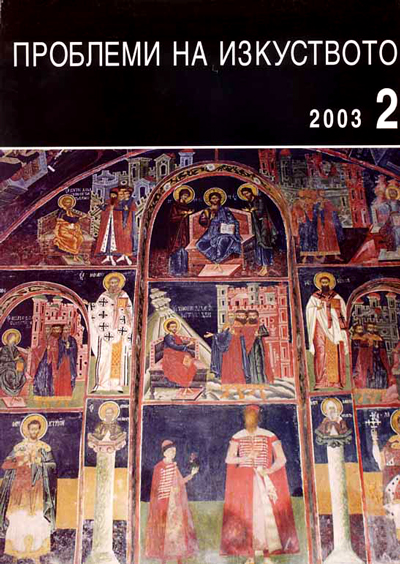
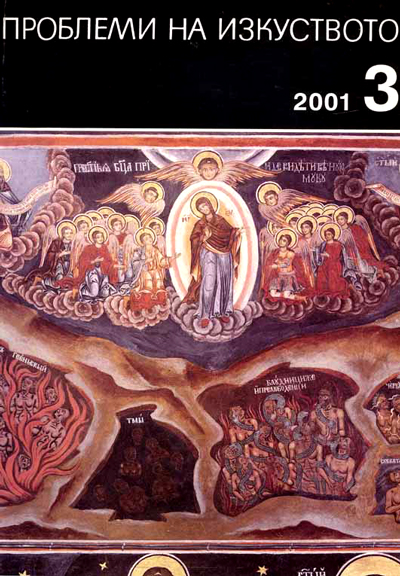
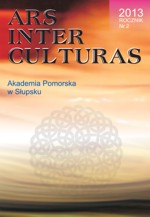
One of the biggest challenges in Poland (1918-1939) was the establishment of a new Polishschool. The main goal of the newly created Polish school was to educate a generation aspatriots and responsible citizens, and unite compatriots from three ex-partitions. The first school curriculum in the independent Poland focused on teaching social knowledge, Polish and European cultures, and, above all, providing pupils with moral and aesthetic experience. Music education played a key role in bringing various ideological objectives to fruition. Music compositions with national themes – both from concert and folk traditions – were worshipped and seen as the rebirth of the national culture. The goal of music instruction was to educate the young generation, bring it closer to the ideas embedded in the masterpieces of art, and deepen their love of music.
More...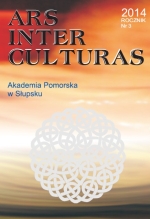
Background: The paper explores the potency of music activities and background musicto support academic performance and behaviour of Slovak middle school pupils. It reviewsdevelopmental, social and emotional changes that children face during the period of preadolescence. School and education is connected with the formation of personality, thus schoolstaff and parents need to pay attention to social and emotional well-being of pupils. The objective of the study is to investigate academic performance and behaviour of pupils (aged 10-11) before and after music intervention. Methods: The target research group consists of forty-four Slovak fifth graders from big urban, municipal middle school. Data were collected by evaluation of rating scale conducting teacher´s professional judgement about pupils they taught the four explored school subjects. Results: The study summarises the results of rating scale of teacher’s opinions of pupils’academic performance and behaviour in the control and experimental groups (with and without music intervention). The results show the potency of music to support academic performance and improve behaviour of pupils.
More...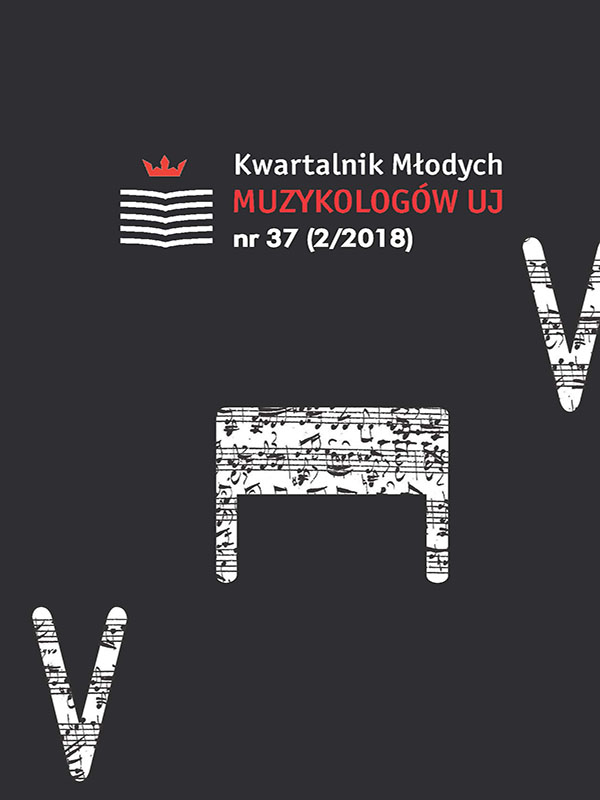
Scordatura is a tuning of a string instrument, which is different than the standard one. It has been used for both plucked and string instruments since the 16th century and it was quite popular in the Baroque era, especially in the case of violins. Because of their specific tuning – based on the same intervals – it is possible to distinguish two types of violin scordatura. The first one relates to the situation when all strings are tuned up or down in the same interval relations. Such tuning is still based on fifths, but the pitches are different than using standard tuning, so it is called transpose scordatura. In the second one, each string is tuned up or down in different interval relation, in another direction or even only some of them are tuned in the unusual way. In this case, violin tuning is based on different intervals than fifths, usually on thirds and/or fourths, although sometimes there are three dissimilar intervals (thirds, fourths and fifths). The second type of scordatura was a very popular technique in the Baroque era and its functions were variable. The main of them were allowing to perform figures, which are impossible in standard tuning, especially double-notes and chords (technical aspect), and changing sound qualities of the instrument (sound aspect). It does not mean that scordatura was used only to achieve these goals. For example, it was sometimes used to imitate other instrument. There are certain examples of such a usage of this playing technique in the oldest (1679–1686) part of the collection of manuscripts connected with activity of Canonesses Regular of St Augustine in Wrocław (provenance St Anna in Arena). The scordatura can be found there in seven manuscripts, and in four of them it is possible that composers (or composer?) tried to assimilate the violin sound and/or technique with other instruments, such as viola, lute or trumpet.
More...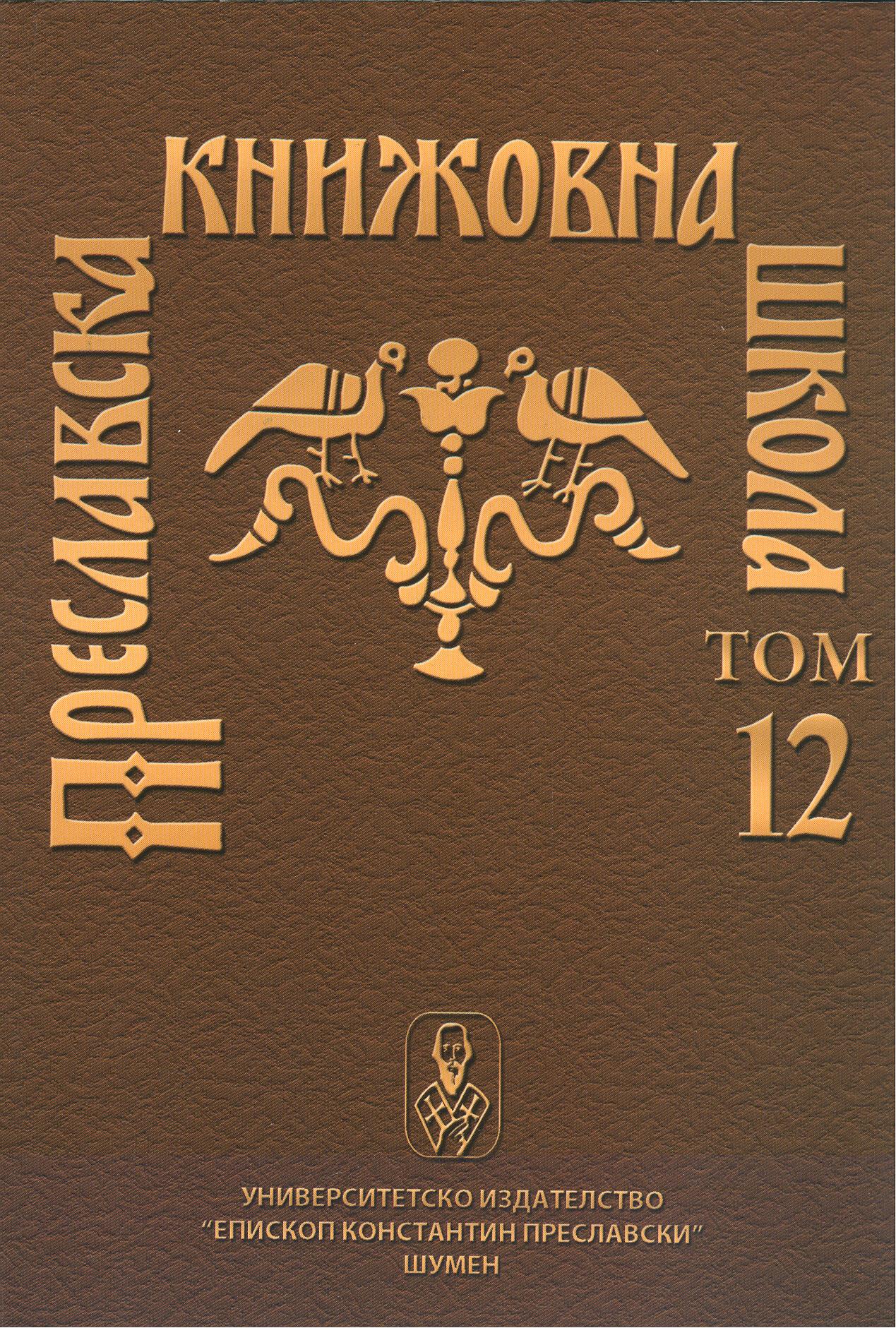
In this report four newly discovered notated chants for the church service in honour of Saint Naum on 23 December are presented. Written in the 19th century they show how the cult of this notable Saint is renewed during the period of Bulgarian National Revival.
More...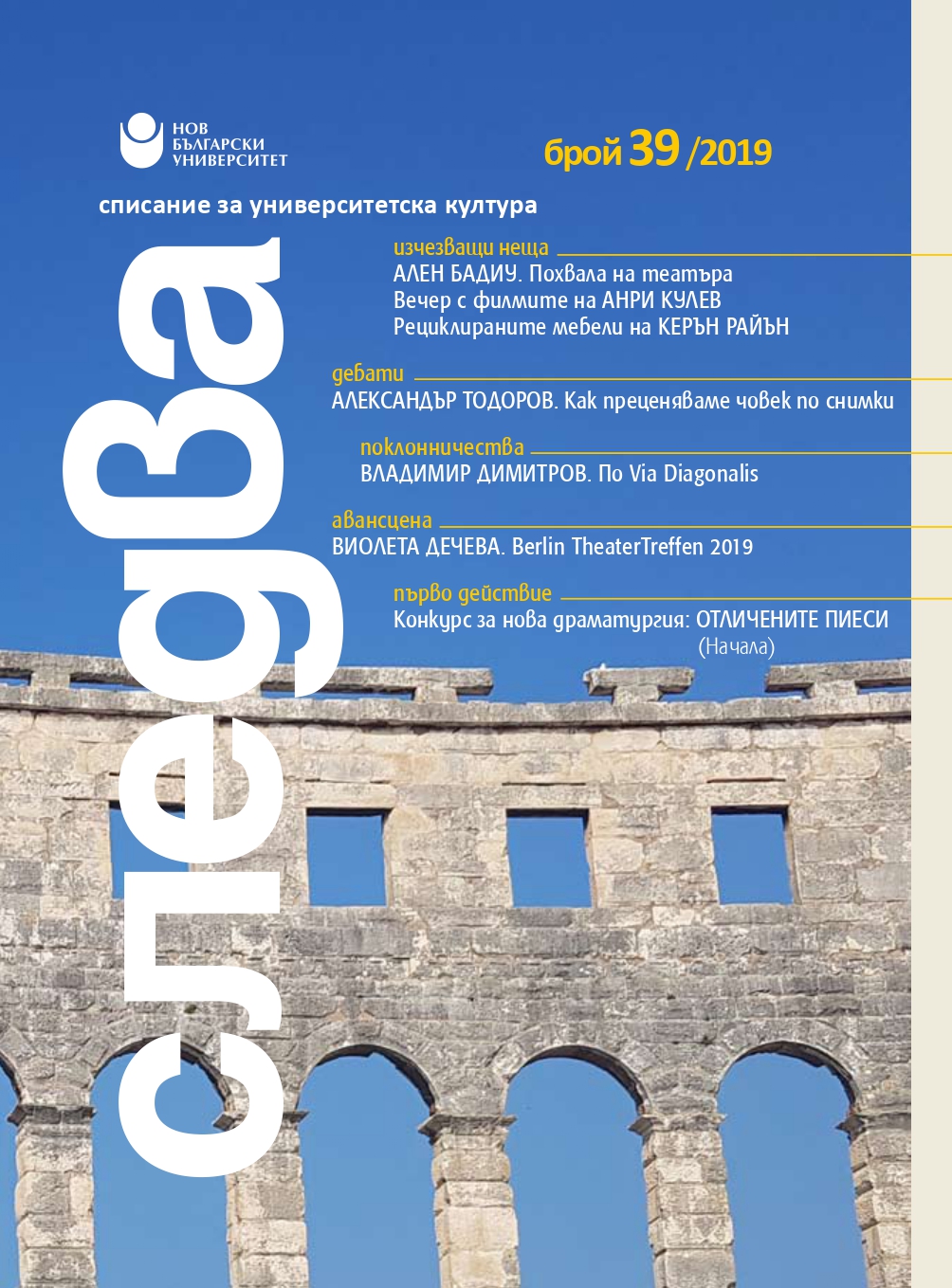
The text offers an analysis of the role of women in art and society today and poses fundamental questions regarding the visibility of female artists in Bulgaria. This study was created in connection with the Women's Artistic Projects Fund, a project of the Bulgarian Women's Fund. The fund aims to act against the under-representation of women in the professional arts and the cultural sector, to give visibility to the creativity of female artists and to increase their access to financial resources.
More...


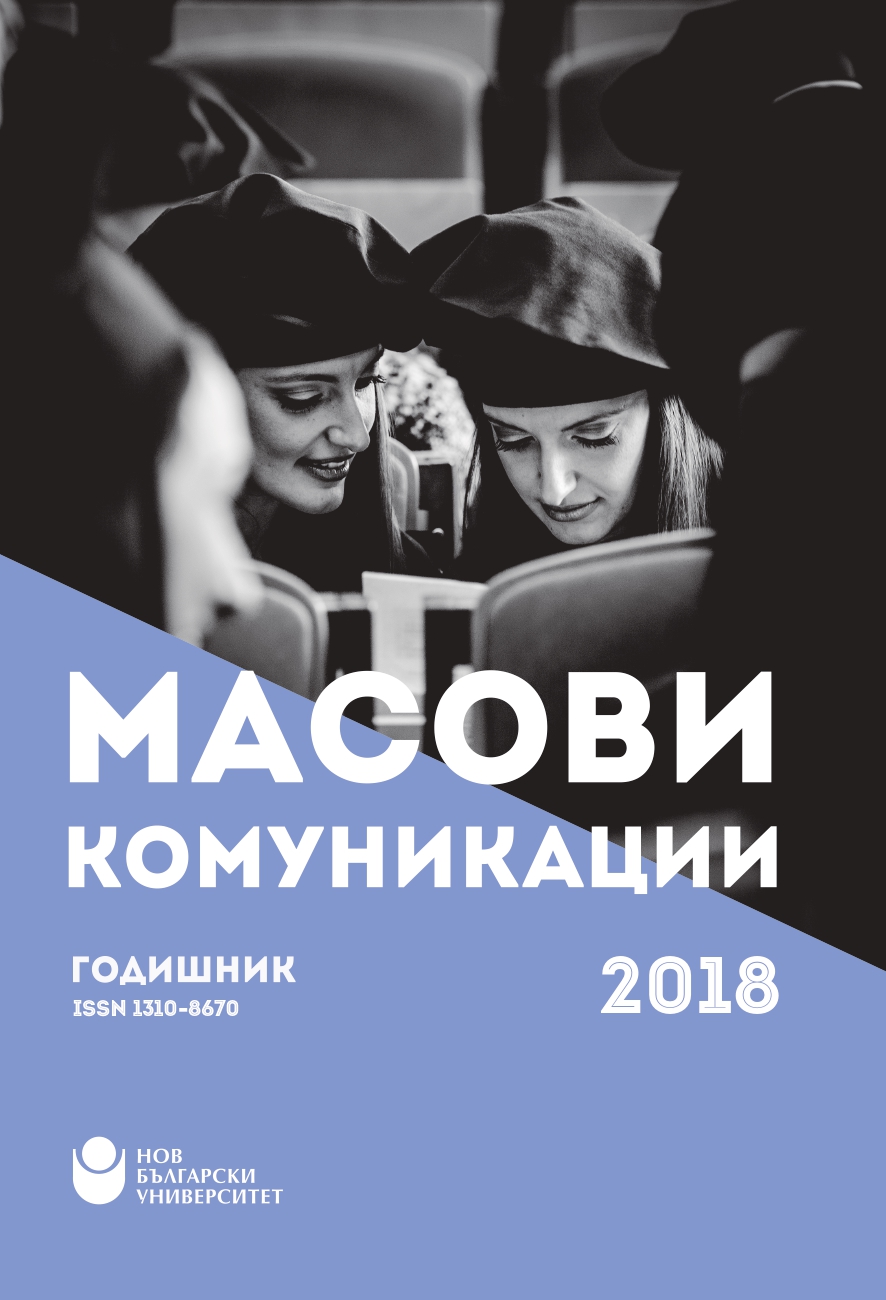
The article discusses some aspects of the changes brought about by the entry of bot journalism and artificial intelligence into media practice. In the coming years, these innovations will change news organizations, starting with automated journalism, which provides the opportunity to personalize news content precisely, going through news created on demand and arriving at interactive voice-enabled news.
More...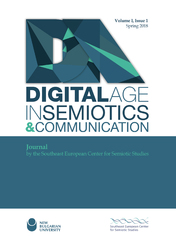
Since October 2010, the Instagram app has provided its users with means of visual communication that previously were reserved for professional photographers. Simultaneously, the Instagram Corporation’s official blog has offered suggestions on how the features of the app could be applied. In this manner, the corporation has established a norm of Instagram use. Norms of technology use, i.e., socially learned ways of behaving and communicating with technology, are well-researched in technology and science studies, but thus far these studies have only included social media, e.g., Instagram, to a minor degree. Furthermore, it remains largely unexplored how these social rules are represented multimodally in discourses about social media technology. Through a critical multimodal discourse analysis, this paper describes how the aforementioned corporate regulative norms on the usage of Instagram were established on the corporate blog from 2010 to 2014. The findings show that the discourse on the blog adjusts its focus. Initially, it dealt with correctional tools for the app, but it then progressed into presenting tools for experimental visual expression. At the same time, the blog confines the experimental uses of the application and, thereby, the possible perception of what entertaining imagery is. This way, the study demonstrates how the Instagram Corporation seeks to regulate the use of the app.
More...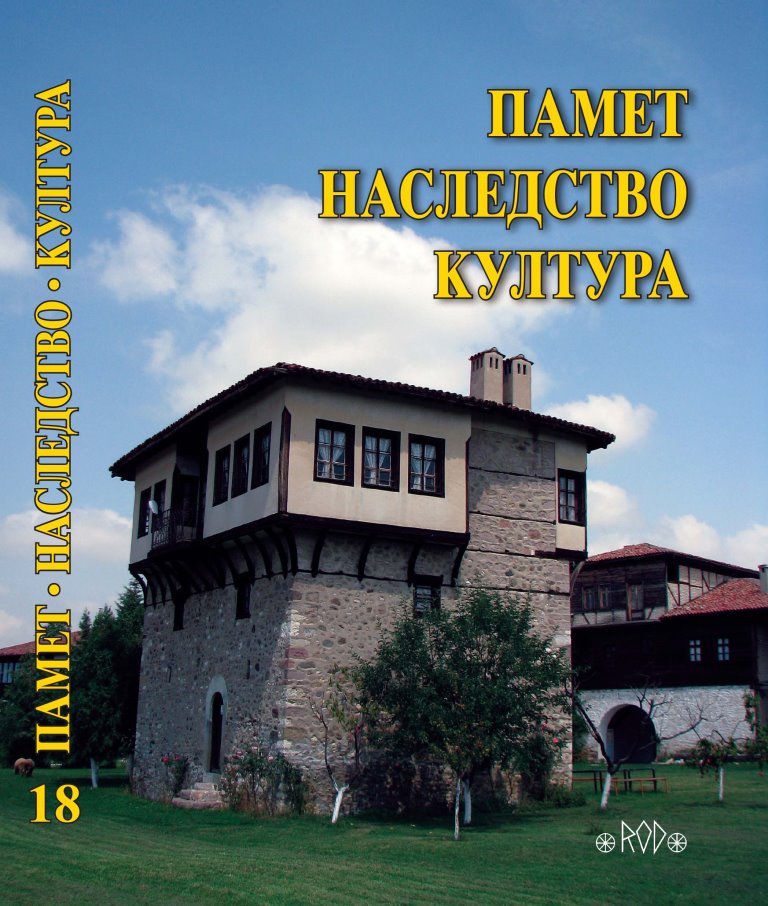
The instrumental Macedonian ethnopop music is particularly interesting phenomenon because of its development and prolonged existence in conditions with persistent internal influences of the social and economic environment, but also external influences from the neighboring and distant music cultures. These influences have determined the way of the creation of this music and its final musical products. Regarding the fact that the instrumental Macedonian ethnopop music had its peak especially in the 1980ties, the subject of interest in this paper will be the musical pieces from the mentioned period. Also, a special at¬tention will be dedicated to the creativity, in other words to the process of creation of the instrumental Macedonian ethnopop music and the reproductive process of this music. The conclusions will be based on the analysis of the music characteristics of the recorded material which forms the database of the sample of 100 music pieces.
More...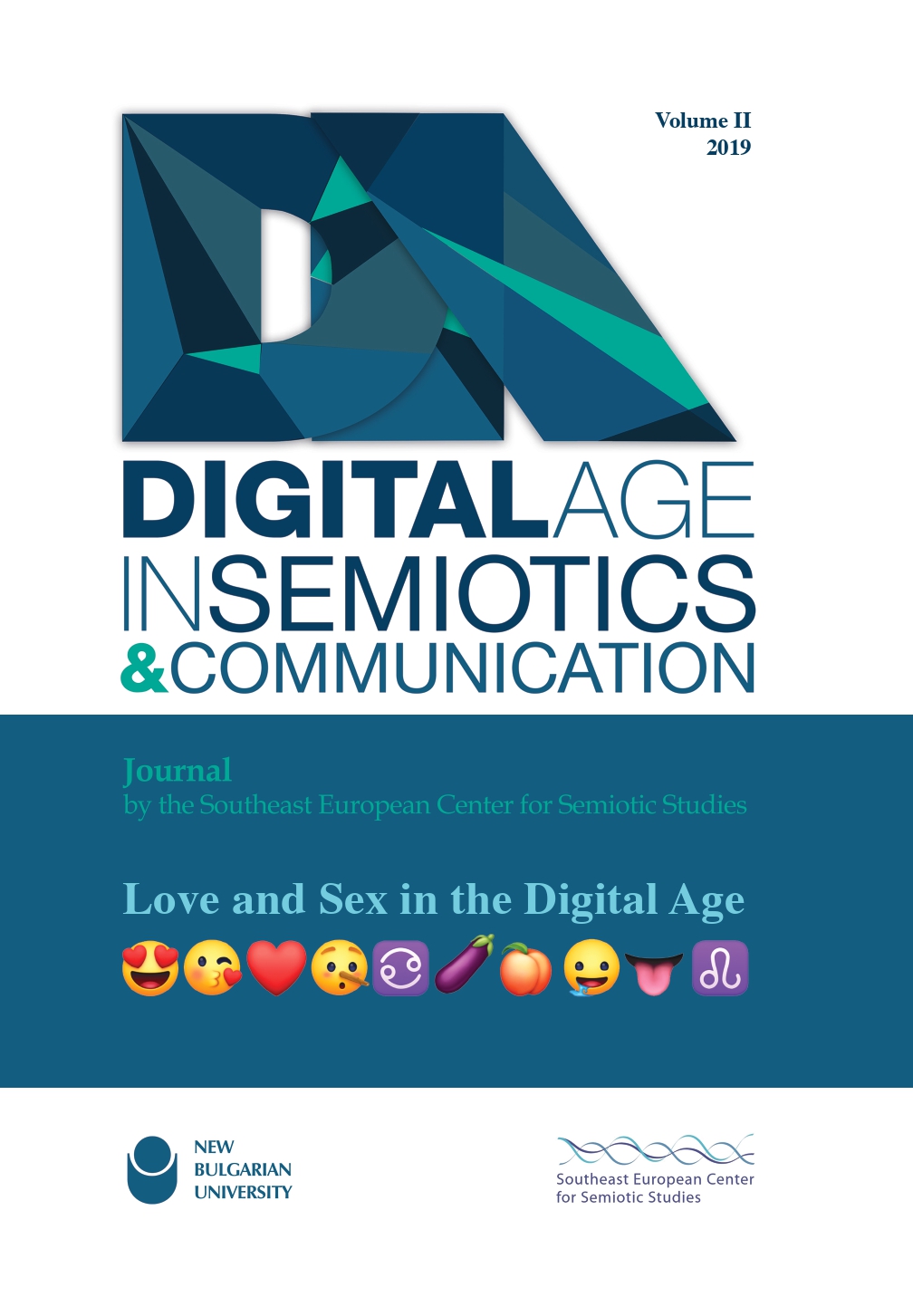
This second volume of our journal addresses an uneasy topic. It is uneasy exactly because it is too easy to speak about love and sex and yet say nothing. It is uneasy because there has not been tremendous academic interest in this topic within the field of humanities and social sciences, and contributions to the field have thus been sporadic and unsystematic. Moreover, it is uneasy because, compared to other aspects of our everyday life, love and sex concern our being in a way that it is difficult to observe in a neutral or scientific way.
More...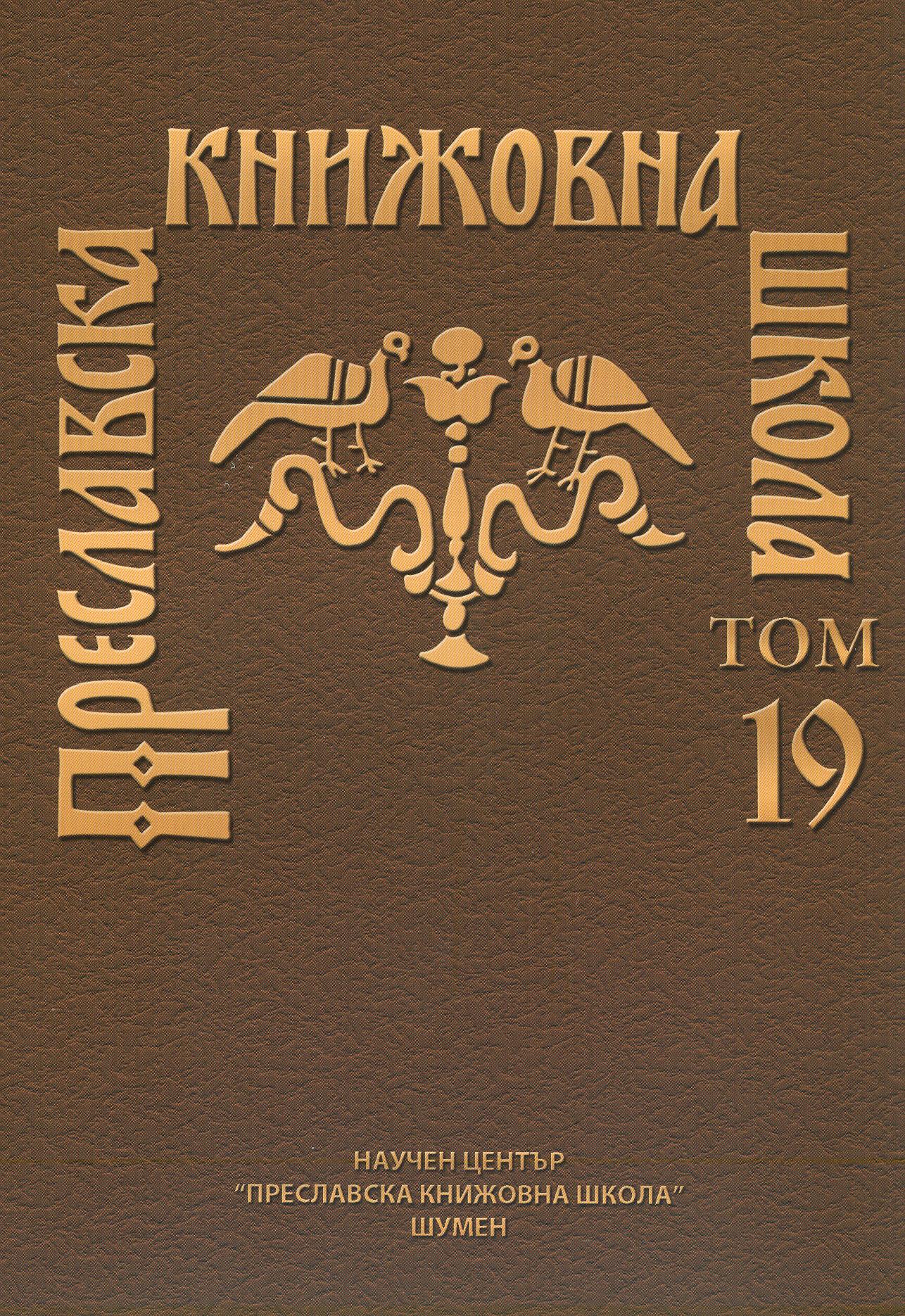
The topic of discussion of the following research is the "Jerusalemes" brought to Bulgaria by pilgrims during the Bulgarian Renaissance. These picturesque paintings (defined as such because of their difference from typical icons) pre sent the Bible and give an insight into the objects along the pilgrim road. The central image of each painting is always Christ's grave in the Church of Resurrection built by St. Constantine and St. Helena in Jerusalem.
More...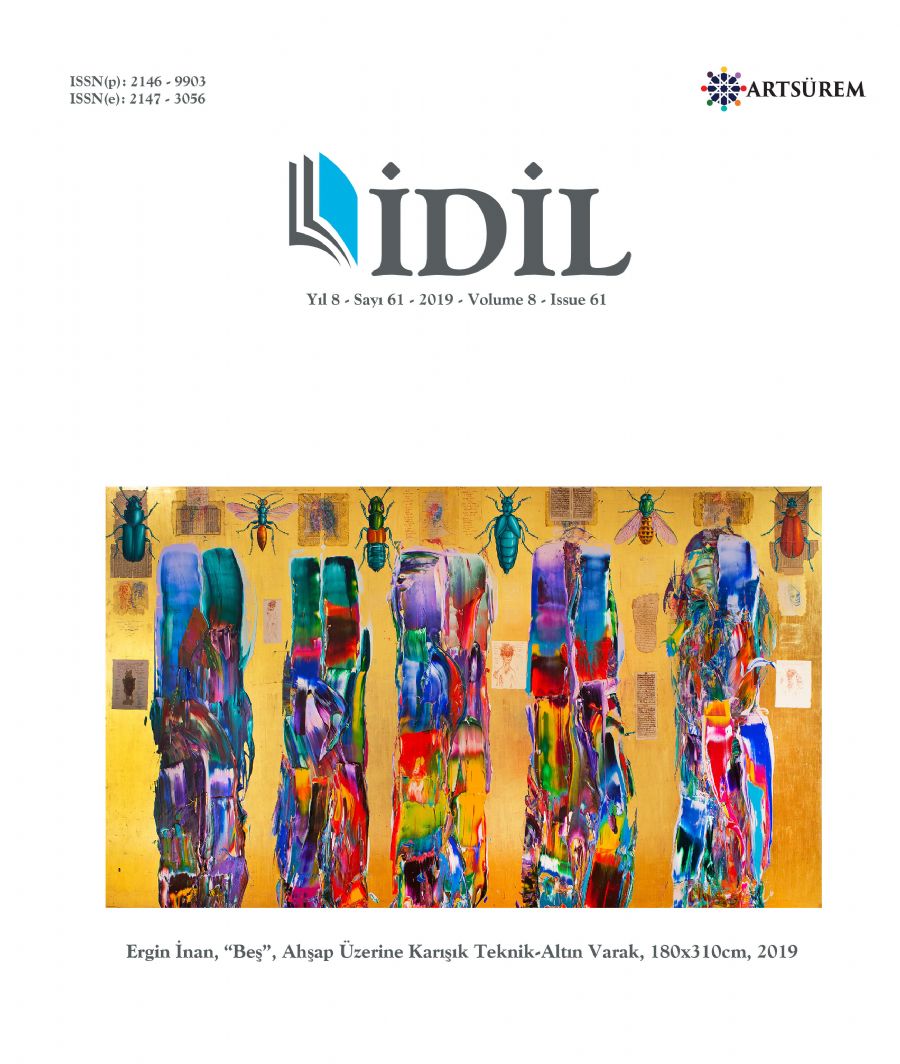
The changing side of socio-cultural, economic, technological and political structure over the world, which occurred with globalization, rapid development of information and communication technologies especially during 1980s intensified the international interaction and caused the globalization to accelerate. These effects significantly changed the notion of individual, changing economic, sociological and political balances made the individual obliged to look at the world with a new point of view. Differentiation emerged in this period that significant theoretical divergences occurred. The notions such as discrimination, racism, anti otherness concertized with globalization, “identity politics” emerged as the notions which was introduced to field of expression by the art. This period when post-structuralism and deconstructionism revealed the unity of life, politics and art with an understanding that developed around “I” caused the “other” to be accepted and women, black people, homosexuals to have the freedom to express themselves. The artists addressed phenomena such as gender politics, sexual identity, ethnic identity, discrimination in their works created through various ways of expression, and they shaped their arts in this direction. Artistic construction of identity politics developed with globalization which constitutes the content of the subject was examined and assessed in terms of social identity characteristics within the context of sociology methods and theories. Artistic construction was examined over a broad bibliography; the acquired findings put forth art’s theoretical discussions from past to present comparatively.
More...